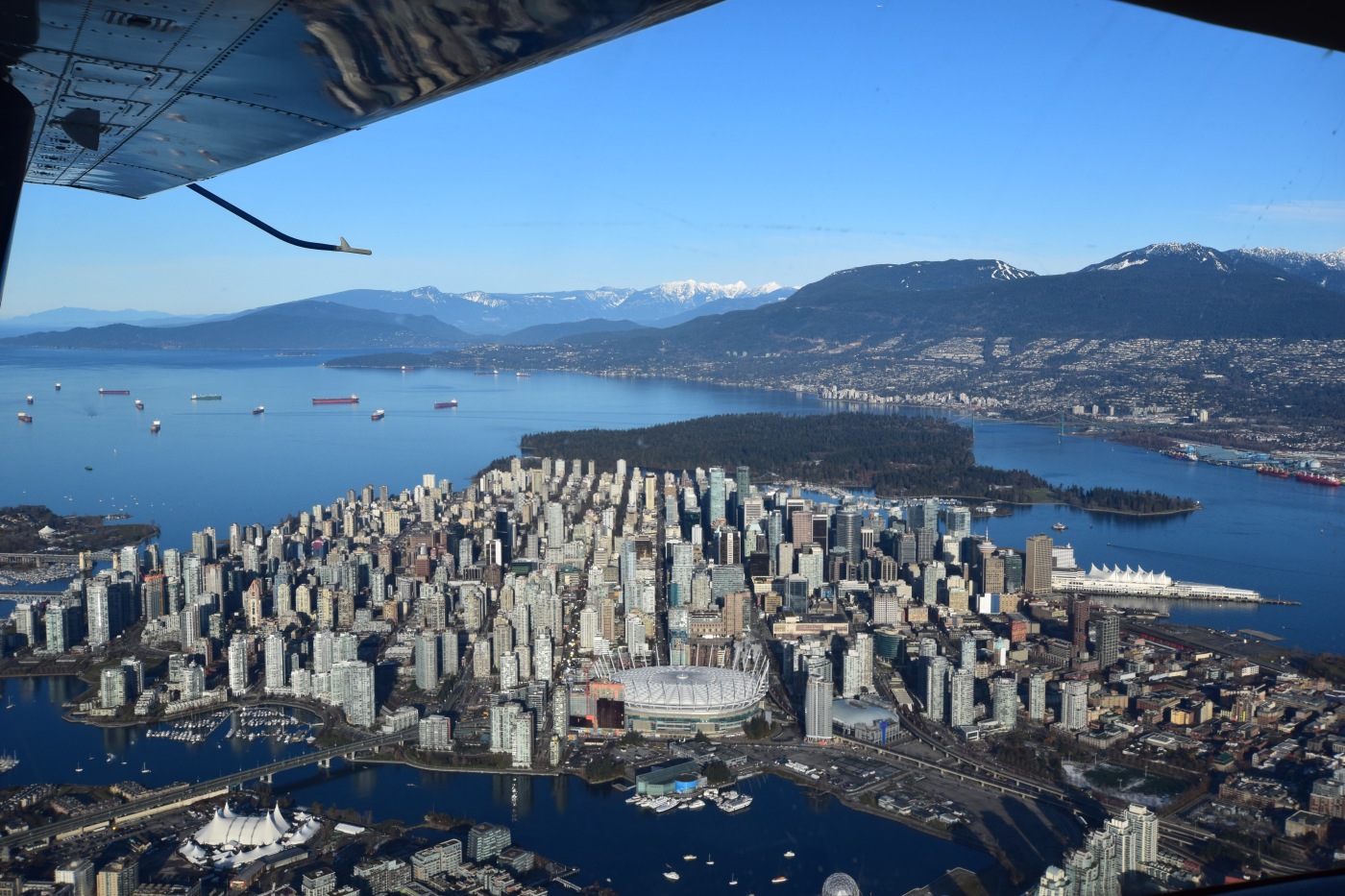1. Research. It seems obvious doesn’t it? There is surprisingly little information out there on this topic though. On the plus side, most of what you learn will happen once you get to Canada anyway. A couple of good places to start your research are here (obviously) and the Facebook group ‘International Experience Canada (IEC) – Ask Us Anything!’.
2. The weather. It is not great here and living in it can be depressing at times with rain or snow almost every day in winter. As a result, over three quarters of the population live within 100 miles of the USA border. Prepare yourself for this – pack appropriate clothing and take extra vitamin D.
3. Make sure you fly directly to Canada. It overcomplicates an already stressful process by squeezing in trips on the way. We flew via the USA and almost weren’t allowed to board as we didn’t have a return flight booked (flights to countries with land borders don’t count).
4. Almost all rentals start on the first of the month and most are unfurnished due to bed bugs being an issue. Have enough accommodation to cover this, whatever it might be. Air B&B is a great resource as there are some cheap studios close to transit networks. We spent nearly three weeks in two different Air B&Bs a bus ride away from downtown which gave us a good base.
5. Use Craigslist for finding jobs, rentals and furniture. Craigslist is easy to use and has everything but be careful: anyone can upload to the website; keep an eye out for dodgy landlords and weird job offers. We found an apartment we liked but figured it was suspicious when the ‘landlord’ kept calling us, dropping the deposit fee and offering to update the kitchen. Indeed is also great for jobs and Kijiji for rentals. Needless to say, when looking for places to live, be careful with locations.
6. Canada is bloody huge. Even though its population is only just over 50% that of the UK and 10% that of the USA. This makes travel way more difficult and air travel, in particular, more expensive. Bare this in mind when picking where to settle. Having a car is a necessity unless living downtown or by good transit links. Alternatives that we have found, to buying a car include car rentals (we recommend Trip Wheels and Hertz), car sharing services (we recommend Zipcar) or leasing a car (not that common but worth messaging car companies to find deals – the longer the lease, the cheaper it is).
7. Write lists. My boyfriend makes fun of me for my obsession with writing lists but I never forget anything! Lists on what to pack, what documents you need at the airport, what to do on arrival, and so on. It sounds silly but plan your first day or two thoroughly. We spent an hour walking to a supermarket to stock up on food when there was another one closer, bought way too much to carry and then overpaid on the bus for having the incorrect change as they don’t take notes.
8. Think about how to pay for things in the first couple of weeks. We used Canadian dollars that we had already changed up but a lot of people now use prepaid cards. Check which banks have good newcomer deals. CIBC offered free transactions for the first year which was worth it as all banks here normally charge. Once your bank account is set up, the best way to transfer money from your account at home to Canada is using TransferWise, as they give a good exchange rate and there are no extra fees. Note: you will need a credit card for most online purchases.
9. Phone plans are expensive in Canada. There are three main providers and some smaller companies that offer better deals but less coverage. If you are wanting to use your mobile phone from home, make sure it is unlocked and check it is compatible in North America as this will widen your options. Apple can be used on any network, however Samsung can only be used on some. This meant one of us could afford data in Canada and one of us had to solely rely on wifi. Not ideal.

Leave a comment